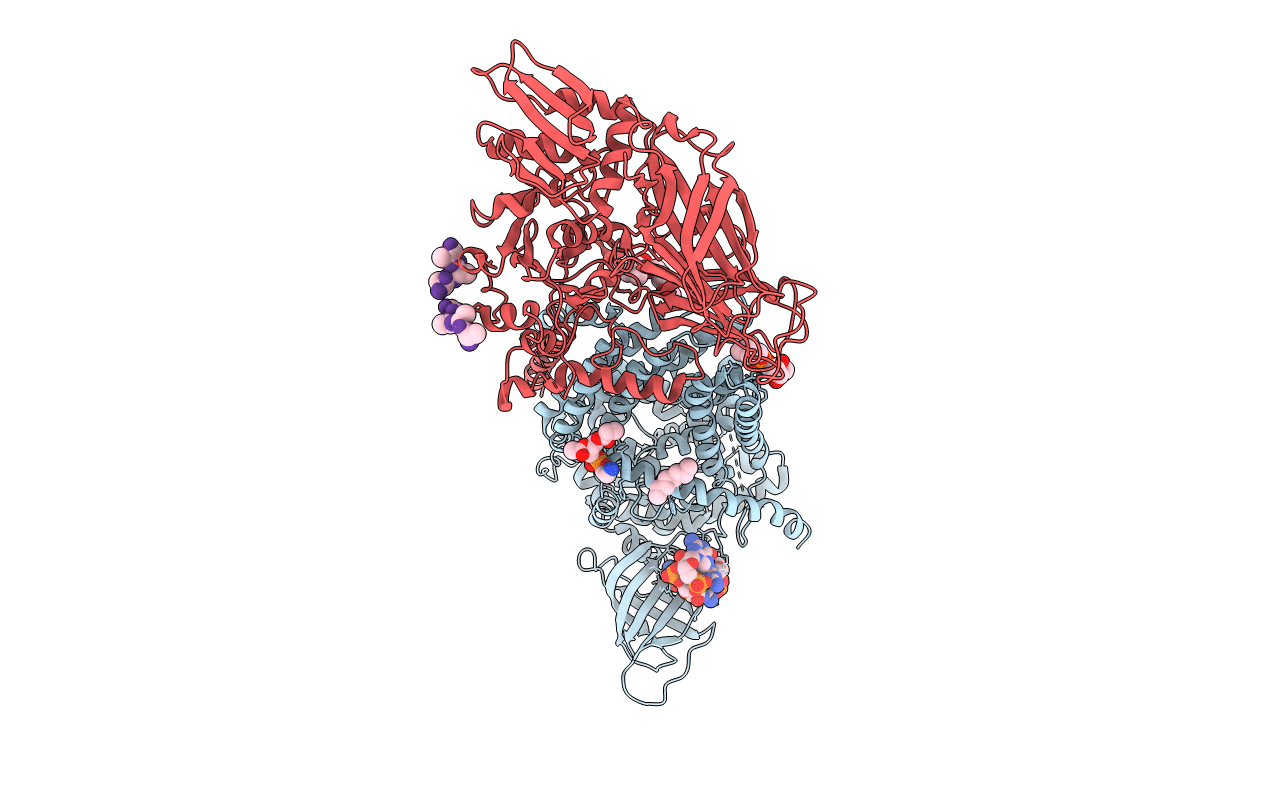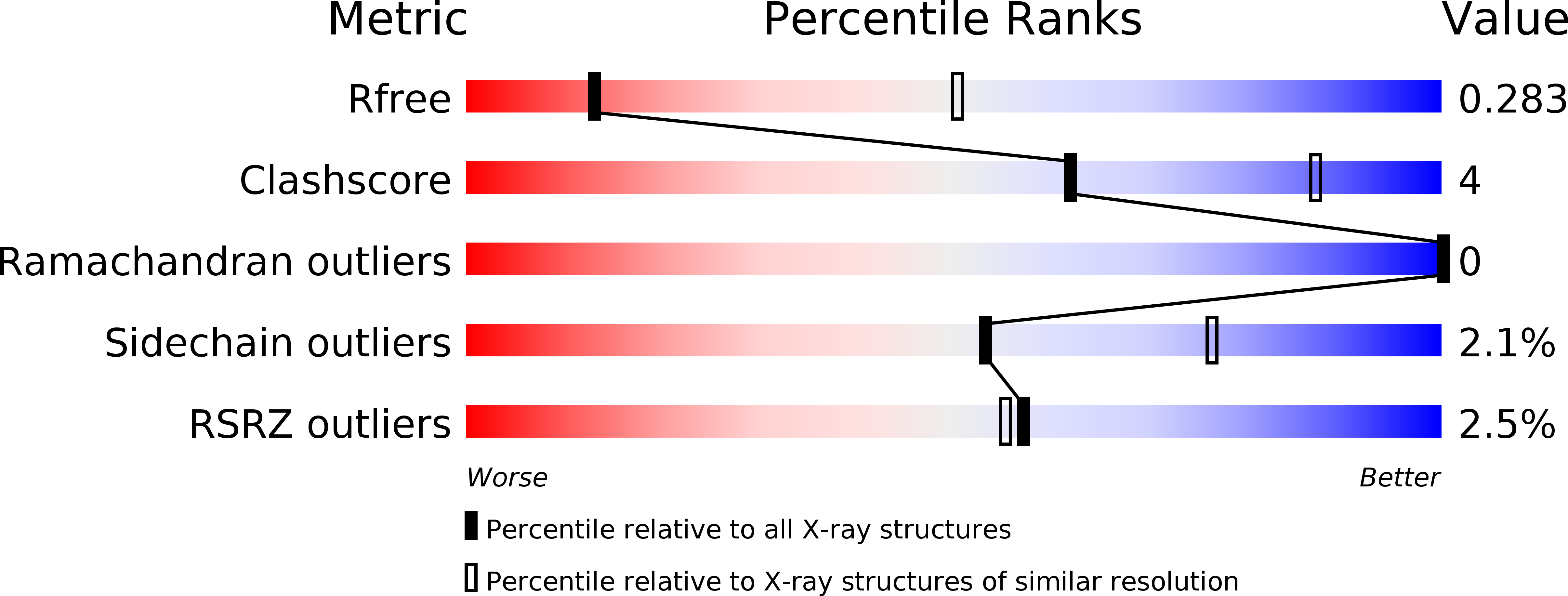
Deposition Date
2015-10-30
Release Date
2016-03-30
Last Version Date
2024-11-13
Entry Detail
PDB ID:
5EJ1
Keywords:
Title:
Pre-translocation state of bacterial cellulose synthase
Biological Source:
Source Organism:
Host Organism:
Method Details:
Experimental Method:
Resolution:
3.40 Å
R-Value Free:
0.27
R-Value Work:
0.23
R-Value Observed:
0.23
Space Group:
P 21 21 21


